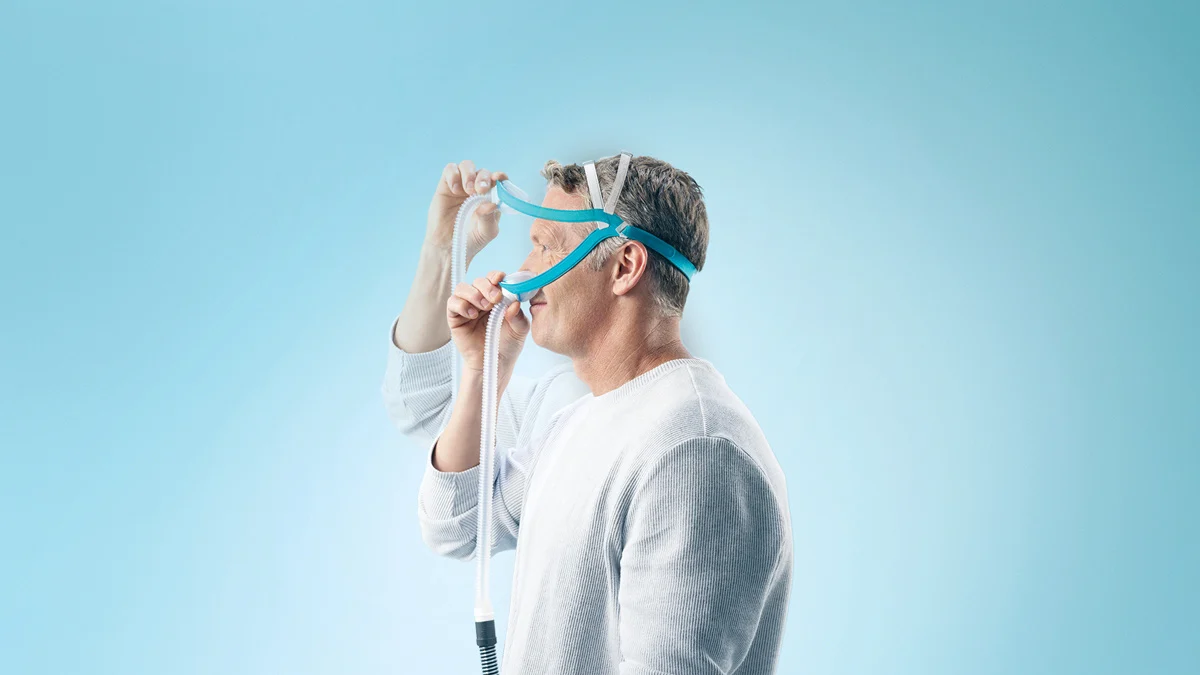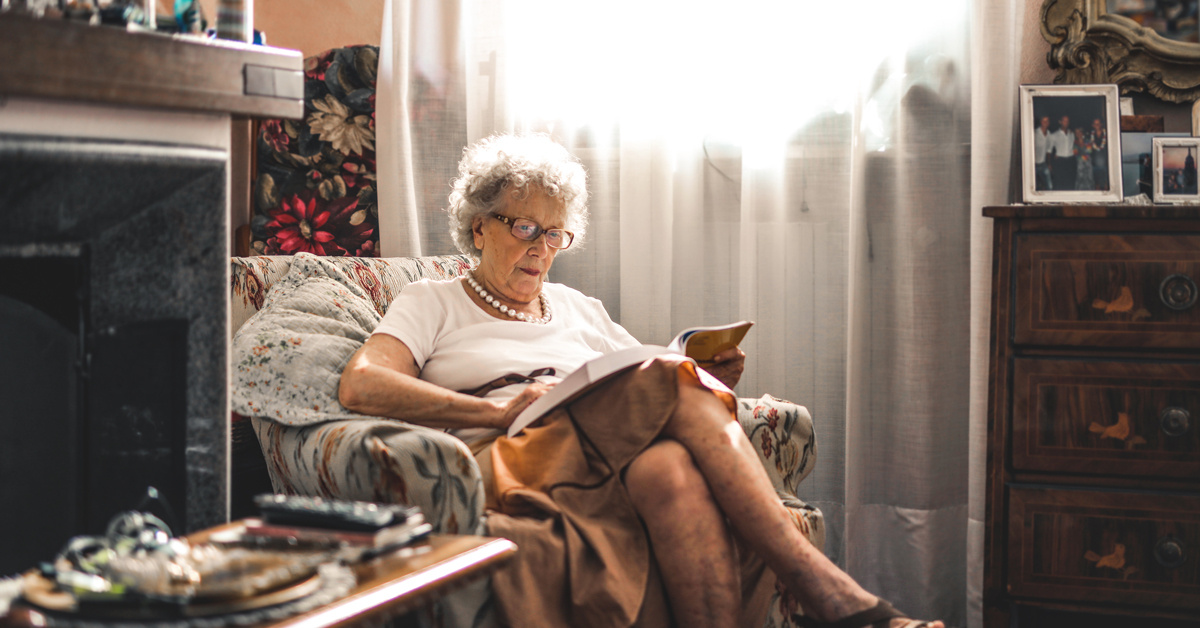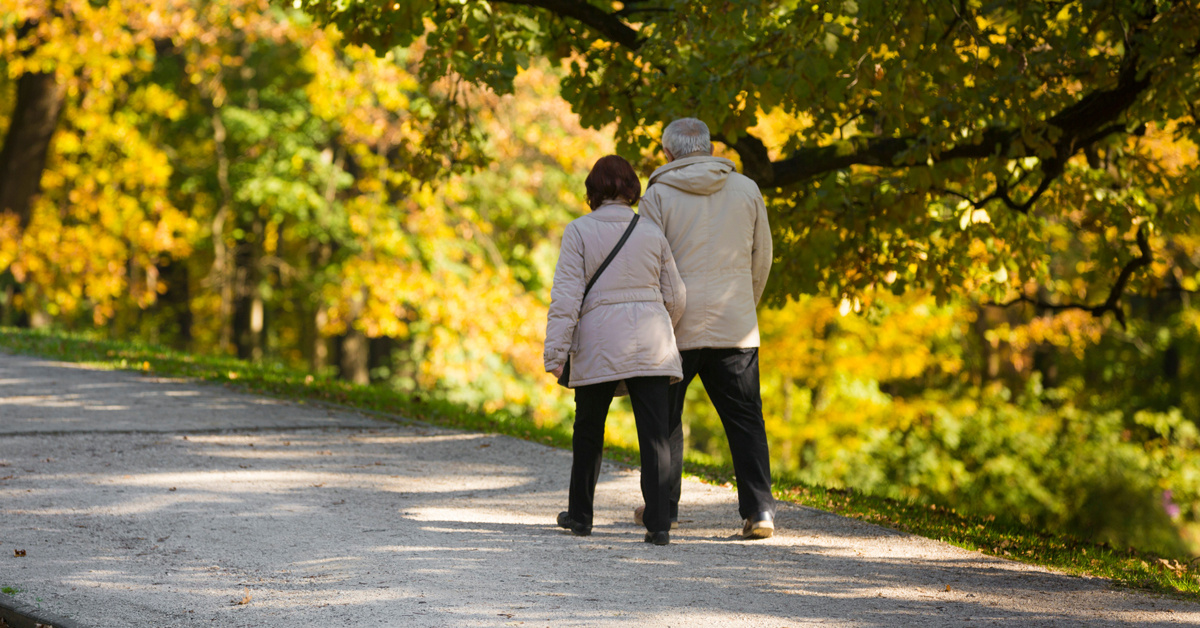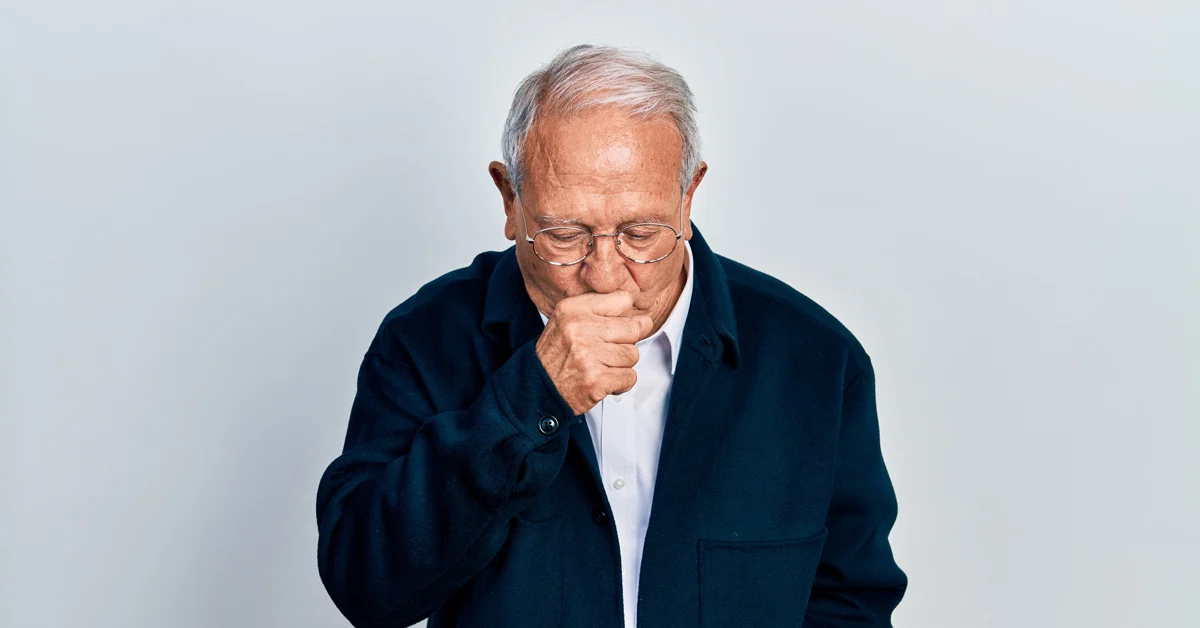Keep Yourself Safe and Healthy While Cooking
Chronic Obstructive Pulmonary Disease (COPD) is a progressive lung disease that makes it difficult to breathe and can severely impact a person's daily life. Common symptoms of COPD include:
- Chronic cough
- Shortness of breath
- Wheezing
- Frequent respiratory infections
- Fatigue
Many people with COPD are prescribed supplemental oxygen to help manage their symptoms and improve their quality of life. While oxygen therapy allows individuals to breathe more easily and maintain a more active lifestyle, it comes with certain precautions, especially regarding fire safety.
Lesley Williams, a Registered Respiratory Therapist at Apria with 35 years of experience, states, “Cooking while on oxygen therapy requires extra care, but with the right precautions, you can continue enjoying your favorite meals safely. By staying mindful of fire risks, using alternative appliances, and keeping your oxygen setup in check, you can maintain both your independence and your safety in the kitchen.”
Although oxygen is not flammable, it supports combustion, meaning that items can burn more quickly in an oxygen-rich environment. One everyday activity that requires extra caution when on oxygen therapy is cooking. Since cooking is both an essential chore and a popular hobby, knowing how to do so safely is important.
Essential Tips for Cooking Safely on Oxygen Therapy
Here are some essential precautions to take when cooking while using oxygen therapy:
Keep a Fire Extinguisher Handy
Always keep a working fire extinguisher in your kitchen, easily accessible in case of an emergency. Make sure to check it regularly to ensure its proper functioning.
Maintain a Smoke Detector
Ensure your smoke detector is in good working condition and positioned where it can alert you to potential hazards while cooking.
Notify Your Local Fire Department
Inform your local fire department that you are on supplemental oxygen. This information can help speed up response times and ensure proper precautions are taken in an emergency. Oxygen signs should also be posted at your door to alert local agencies that oxygen is inside the home.
Stay in the Kitchen While Cooking
Never leave food unattended while cooking. It's easy to think you'll only step away for a moment, but unattended cooking is one of the leading causes of kitchen fires. If you are on oxygen, this poses an even greater risk.
Clear the Clutter
Before you begin cooking, eliminate clutter on your countertops and tables. Items too close to a stove or heat source can easily catch fire, especially in an oxygen-rich environment.
Take Your Time
Cook at a slower pace. Rushing can lead to mistakes, spills, or accidents, which are more dangerous when oxygen is involved. Being mindful and intentional reduces risks.
Use Long Tubing, But Be Careful
Consider using longer oxygen tubing so your oxygen tank can stay outside the kitchen and at least 5-10 feet away from heat sources at all times. However, always be aware of where your tubing is to avoid tripping or coming into contact with hot surfaces. Running the cannula tubing down your back, under your clothing, keeps it out of the way of heat sources.
Avoid Gas Stoves When Possible
If you can, avoid using a gas stove. Open flames increase the risk of fire in an oxygen-rich environment. Avoid splattering grease or oil using a gas stove, as they can easily catch fire. Deep-frying should be avoided, and cooking with less oil is best to minimize the chance of a flare-up.
Avoid Highly Flammable Substances
Grease, oils, and aerosol sprays are highly flammable. To reduce fire hazards, keep these materials away from the stove or heat sources.
Opt for Electrical Appliances
Choose electrical appliances like countertop air fryers, slow cookers, or microwaves whenever possible. These devices offer safer alternatives to traditional stovetop cooking and reduce the risk of exposure to open flames or high heat.
Dress Appropriately
Wear form-fitting clothes that are less likely to catch on fire. Loose, flowing sleeves or synthetic materials can be more flammable and dangerous in the kitchen. Stick to snug, natural fabrics when cooking.
Oxygen therapy can make living with COPD more manageable, but it's crucial to remain cautious, particularly when cooking. By following these safety guidelines, you can enjoy preparing meals while minimizing risk. Remember, taking small steps to enhance safety can significantly prevent fires and accidents in your home. Always consult with your healthcare provider for specific concerns regarding your oxygen therapy.
References
Association, American Lung. “Using Oxygen Safely.” Using Oxygen Safely | American Lung Association, December 15, 2023. https://www.lung.org/lung-health-diseases/lung-procedures-and-tests/oxygen-therapy/using-oxygen-safely.
“Everything You Need to Know for Safe Oxygen Therapy.” Kindred Healthcare. Accessed September 23, 2024. https://www.kindredhospitals.com.
Open Resources for Nursing (Open RN). “Table 11.3B, [Oxygen Therapy Safety Guidelines]. - Nursing Skills - NCBI Bookshelf.” Nursing Skills [Internet]., 1AD. https://www.ncbi.nlm.nih.gov/books.
Smith, Kit. “Safety Tips for Using Supplemental Oxygen Therapy.” Edited by Elizabeth U. Lyda. NCOA Adviser, February 22, 2024. https://www.ncoa.org/adviser/oxygen-machines/home-oxygen-safety/.
LEGAL DISCLAIMER: Material in this newsletter is provided for general health education and informational purposes and to provide references to other resources only; it may not apply to you as an individual. While Apria Healthcare believes that the information provided through this communication is accurate and reliable, Apria Healthcare cannot and does not make any such guarantee. It is not intended to be a replacement for professional medical advice, evaluation, diagnosis, services or treatment (collectively, “medical treatment”). Please see your healthcare provider for medical treatment related to you and your specific health condition(s). Never disregard medical advice or delay seeking medical care because of something you have read on or accessed through this website. Reading this newsletter should not be construed to mean that you have a healthcare provider/patient relationship.

.jpg?width=1120&height=376&name=AD-NewsletterBanner-O2Cannulas%20(4).jpg)




